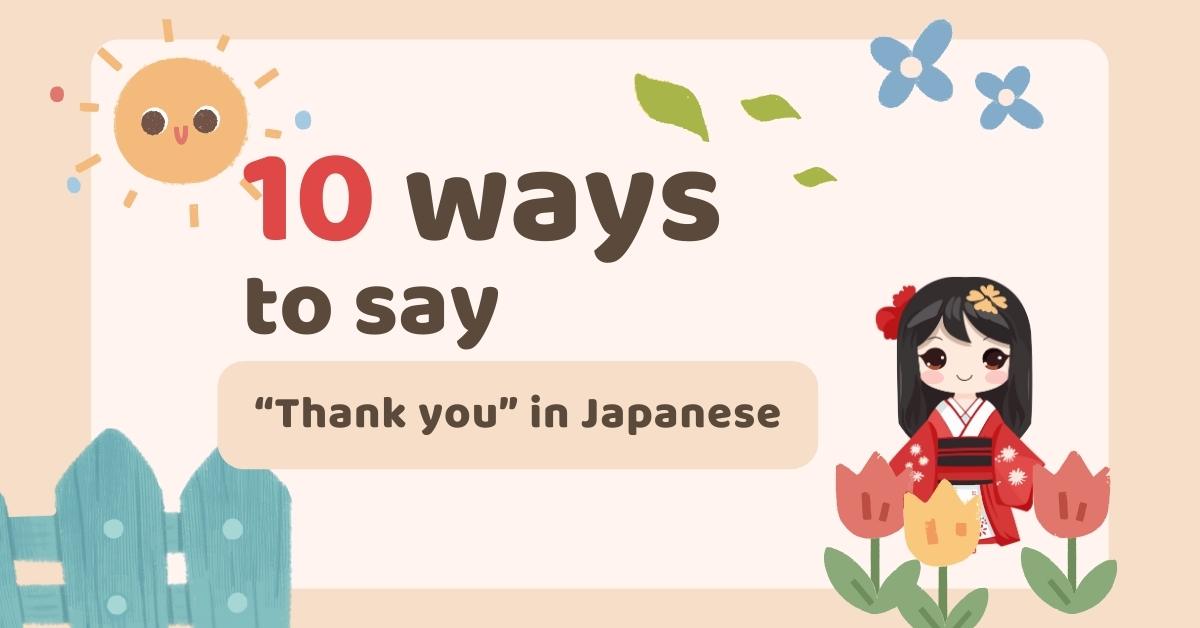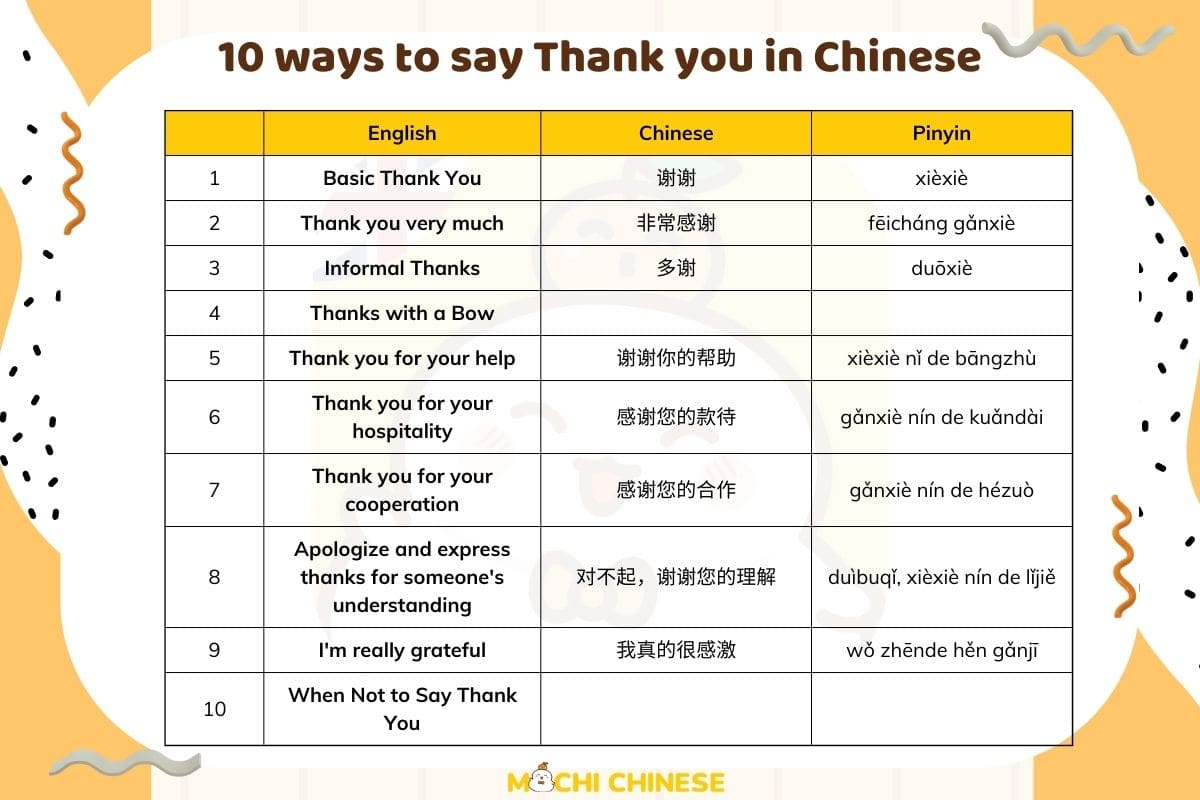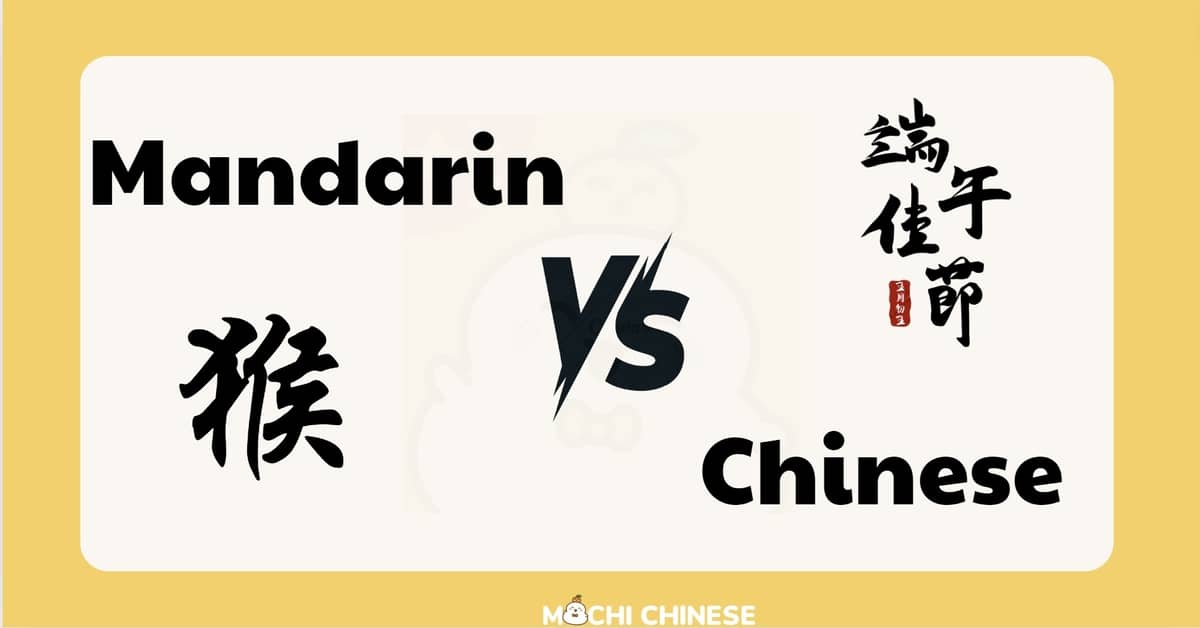Hello and welcome to the world of Chinese language learning! If you are wondering about the Chinese alphabet, the answer would be: “Chinese doesn’t have an alphabet in the traditional sense”. Instead, it uses characters, each with its own pronunciation, meaning, and unique form. This might sound daunting, but don’t worry, there’s also Pinyin, a Romanized system for transcribing the sounds of Chinese characters into the Latin alphabet. Now let’s dive into the Chinese “alphabet” – Pinyin and I’ll guide you on the best starting point for learning Chinese as a beginner.
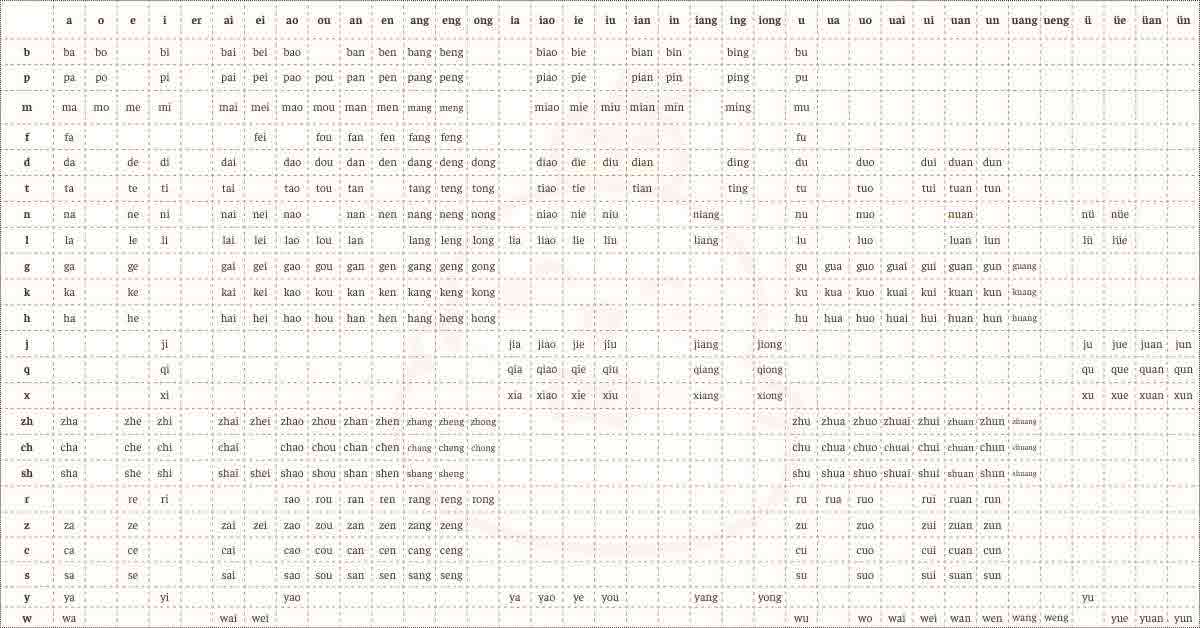
How many letters are there in the Chinese alphabet pinyin?
Pinyin is your best friend when you start learning Chinese. It helps you read and pronounce Chinese words until you become familiar with the characters themselves.
For instance, the word for “hello” is written as 你好 in Chinese characters and transcribed as “Nǐ hǎo” in Pinyin. Learning Pinyin first allows you to speak and understand spoken Chinese without needing to memorize characters.
Pinyin utilizes the Latin alphabet to represent Chinese phonetics. The system includes:
- 21 initials: b, p, m, f, d, t, n, l, g, k, h, j, q, x, zh, ch, sh, r, z, c, s.
- 35 finals: a, o, e, ai, ei, ao, ou, an, en, ang, eng, i, ia, ie, iao, iu, ian, in, iang, iong, ing, u, ue, ua, uo, uai, ui, uan, un, uang, ü, üe, üan, ün, er
To learn how to accurately pronounce the letters in the Chinese alphabet pinyin, you can refer to the Learn Chinese alphabet pinyin step by step guideline.

How many letters are there in the Chinese alphabet pinyin?
Developing a study plan to start learning Chinese
Setting Achievable Goals
Setting small, achievable goals can keep you motivated. Try learning how to introduce yourself in Chinese or how to order food in a restaurant during your first few weeks. These small wins build confidence!
Choose Chinese Textbooks and Learning Materials
Integrated Chinese textbook: Extremely helpful for beginners because it’s structured, clear, and comes with audio CDs.
The HSK Standard Course series is one of the gold standards for learning Chinese too. These books align with the HSK tests, which are the official Chinese proficiency exams. They systematically cover everything from basic vocabulary to complex structures, making them an excellent structured learning path for beginners and advanced learners alike.
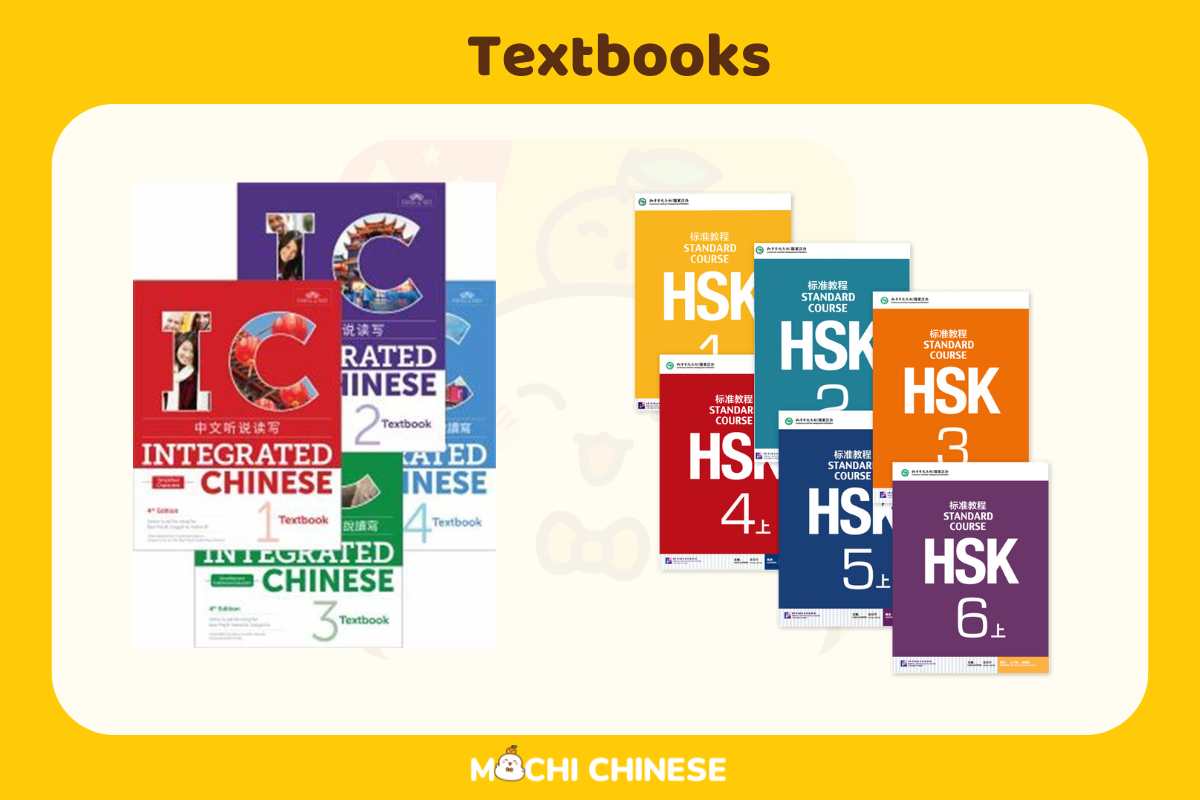
Download pdf: The HSK Standard Course series
Pairing these textbooks with interactive tools like Mochi Chinese can enhance your learning experience significantly. This app is designed specifically to help build and retain vocabulary through interactive flashcards including illustration images, audio, pinyin and example sentences. Mochi Chinese provides you with ~5000 words by themes from levels HSK 1 to HSK 6.
Mochi Chinese helps you memorize Chinese characters, Pinyin, and pronunciation effectively by reminding you to review words right before you’re likely to forget them. That’s how Mochi Chinese apply the famous memorizing method: Spaced Repetition. Integrating this app into your daily study routine can accelerate your progress and make memorizing new words less daunting.
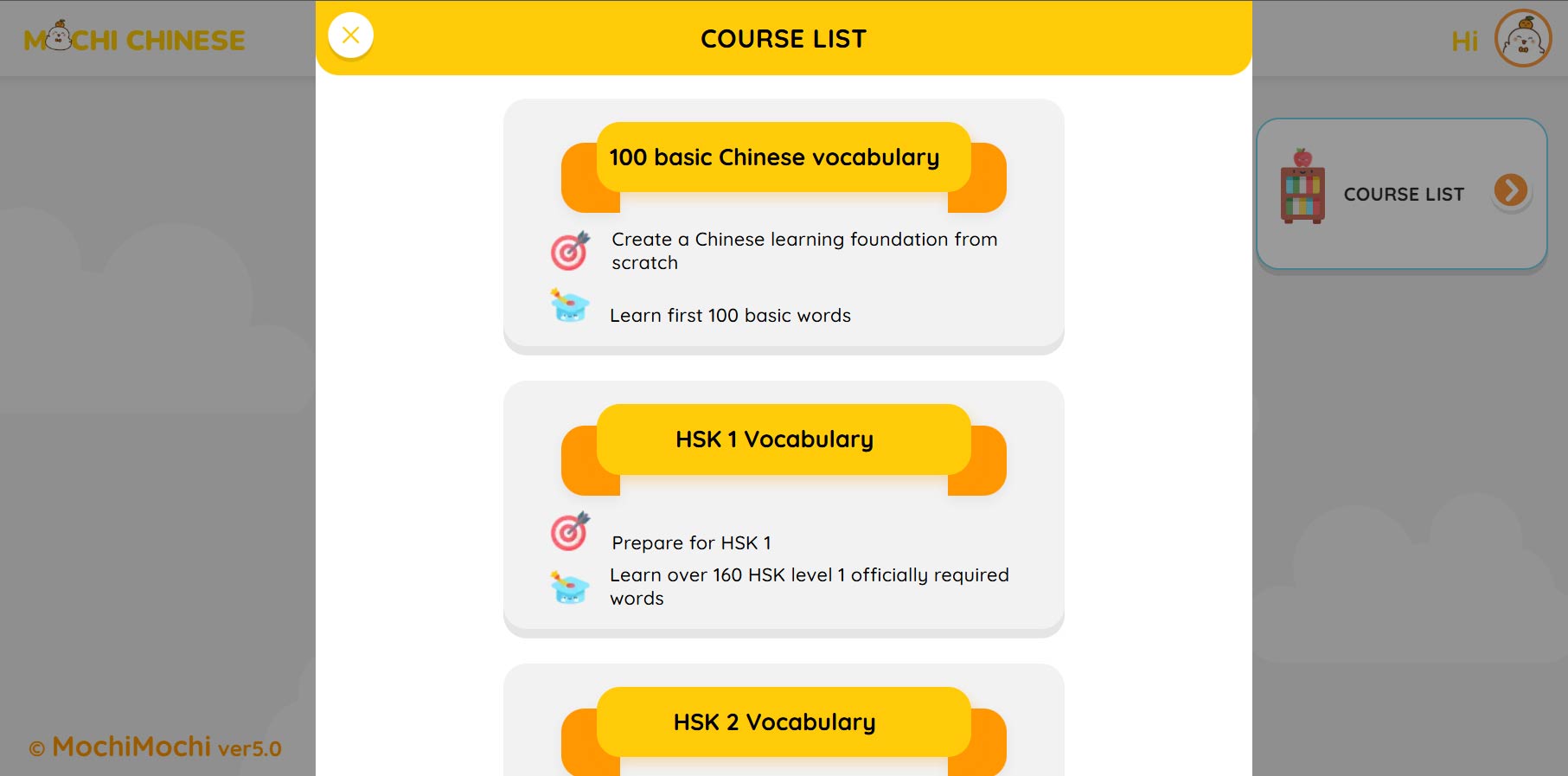
Integrative Learning Chinese Techniques
Integrate your learning methods by combining reading, writing, speaking, and listening. This approach helps reinforce what you learn and makes it easier to remember.
For example, after learning new vocabulary, try to use them in sentences or find songs with lyrics containing those words.
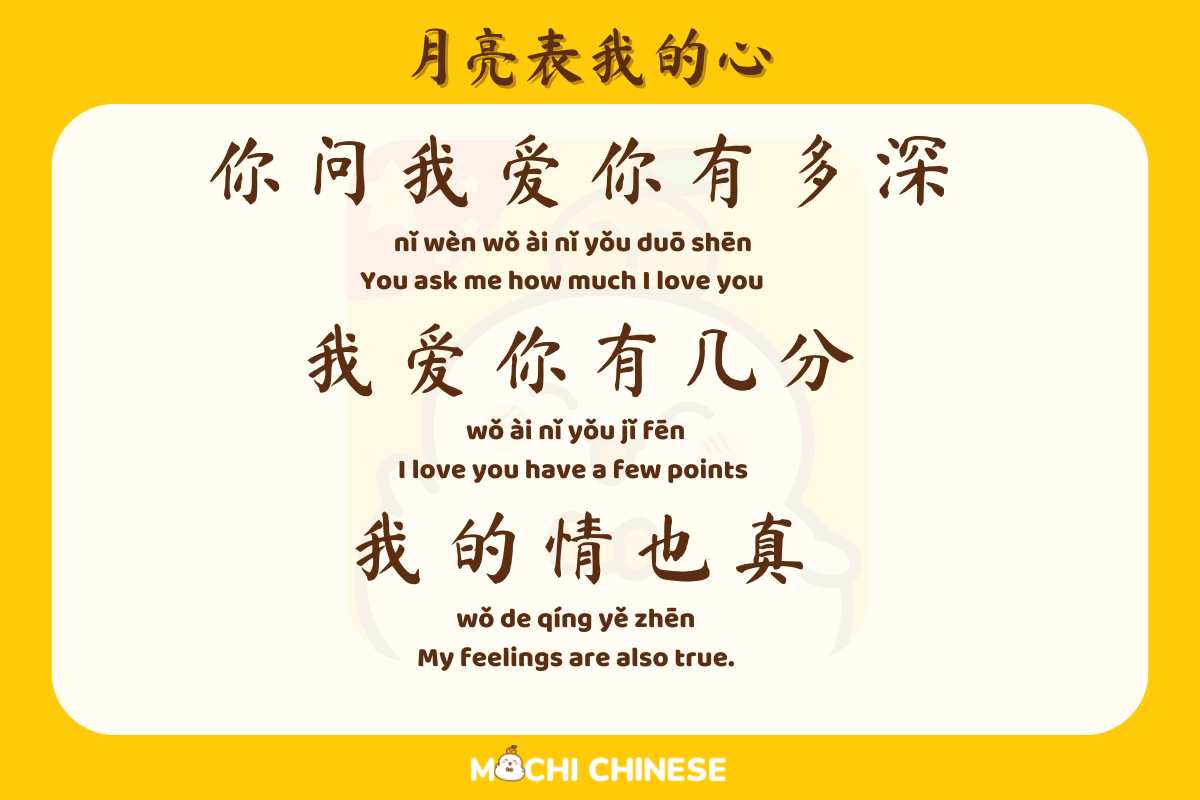
Listening to native speakers is also crucial, but don’t worry if you are not learning Chinese in China. You have access to numerous resources to improve your Chinese listening skills. For instance, you can learn vocabulary with Mochi Chinese, listen to Chinese pop songs, and watch Chinese dramas with subtitles to get a feel for the language’s rhythm and tone.
Additionally, you can watch YouTube videos on channels like ChinesePod, which provides lessons in digestible segments.
Daily Practice Routines
Consistency is key in language learning. Try to dedicate at least 30 minutes daily to studying Chinese. You might start with flashcards in the morning, listen to a podcast during your commute, and write a few sentences before bed.
Community and Immersion
Joining a language group like MochiMochi – Learn Chinese or partnering with a language buddy can significantly enhance your learning experience. Practicing with others helps you improve much faster than studying alone.
Dealing with Frustration and Plateaus when learning Chinese
It’s normal to feel frustrated or hit a plateau. When getting stuck, try to switch up your routine: watch a new Chinese movie, or try writing a short story in Chinese, just to keep things interesting.
Seeking Further Guidance
If you’re struggling, consider taking a class or getting a tutor. Sometimes, having someone to guide you can make all the difference. Plus, it’s a great way to get structured feedback and learn more effectively.
Conclusion
Embarking on your Chinese learning journey can be one of the most rewarding experiences. Remember, every expert was once a beginner. Be patient with yourself, stay curious, and keep practicing. The more you immerse yourself in the language, the quicker you’ll learn and the more fun you’ll have!
Ready to start learning Chinese? Pick a resource, set a small goal, and take that first step today. Your language adventure awaits!
Remember, learning Chinese opens up not just a language but an entire culture. Enjoy the journey and the new perspectives it brings!

